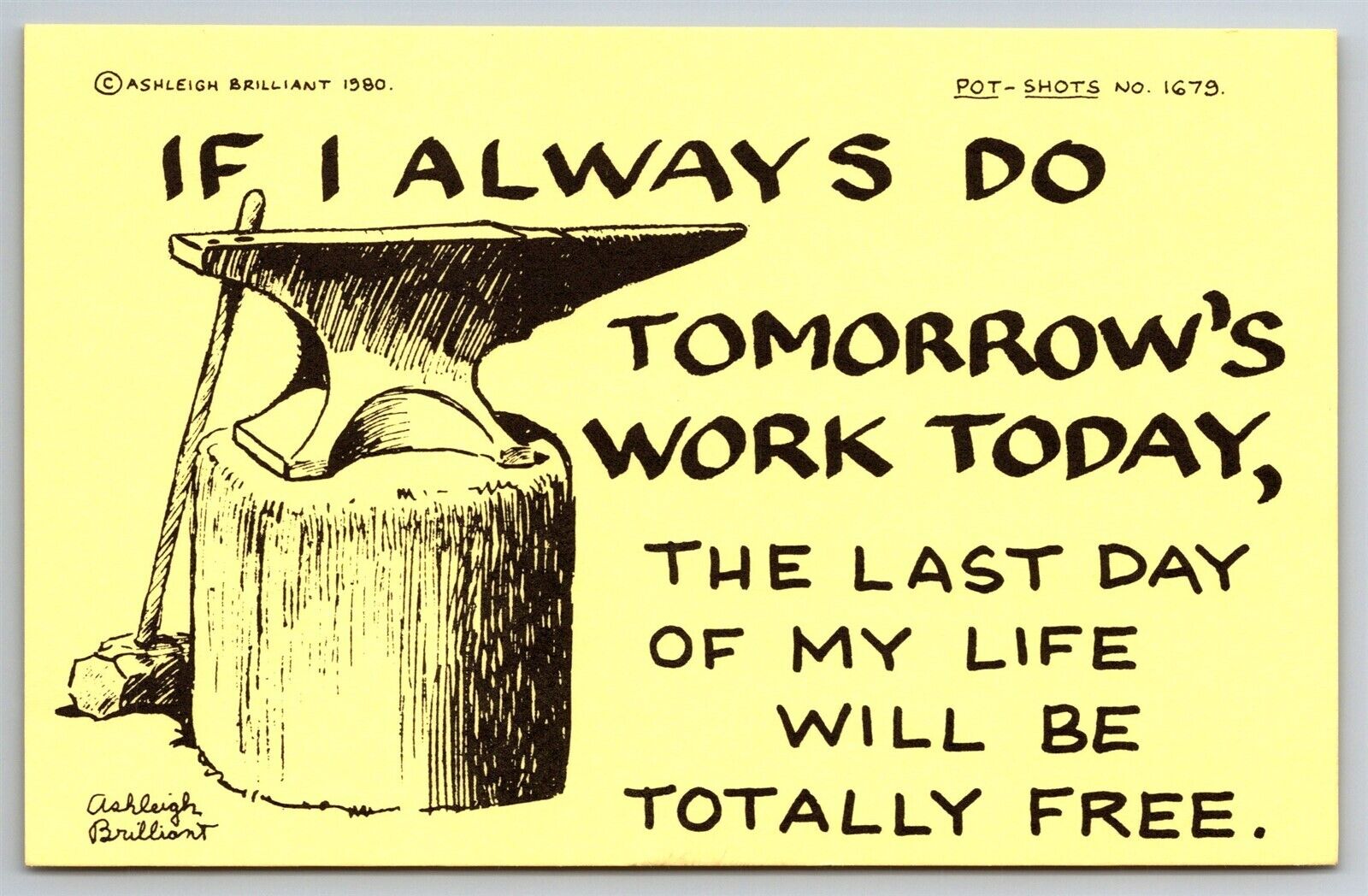Machines Make the Scene

In this age of ever-advancing technology, we have become accustomed to non-human contrivances doing things which used to be done by humans (if they were done at all). Along with this, there has been the process of seeing everything in mechanical terms. Our bodies are machines; our homes (as Le Corbusier called them) are “machines for living in”; our cities are planned to function like well-oiled mechanisms; we travel within them, and between them, in self-propelled mechanical boxes. The whole Universe is seen in terms of celestial “systems.” And our very minds and brains are being aided, and increasingly replaced, by thinking-machines now called computers (although computing, in the classic mathematical sense, has long ago ceased to be their chief function).
Of course, there have been machines of some kind since ancient times. But the big difference has been in the means by which they were powered. For millennia the forces of nature, in the form of wind and running water, were widely available and utilized – but not the Sun, not the tides, and not the inner heat of the Earth itself – which are all recent newcomers to the community of power sources. Instead, we have exploited non-renewable “fossil fuels,” particularly coal, oil, and natural gas. At the same time, modern use of steam and electricity has transformed the technical landscape. But they in turn require the generation of power.
My own experience of machines began with the bicycle, which is still considered to be the perfect mechanical aid to human locomotion. I got my first bike when I was 11 years old and fell off on my first ride. My hand hit some broken glass, and I still have the scar. However, once I got the hang of it, I could go safely on long rides. That happy situation lasted into my 70s and early 80s. The bike was my major transportation around town. Then I started falling off again. One fall apparently resulted in my acquiring Bell’s Palsy. Another gave me several lacerations, one of which somehow led to an infected leg.
It was, alas, time to hang up my helmet (which I never used anyway) and again rely on those primitive, but relatively dependable, mechanisms called “feet,” which are connected to not-quite-swivel joints called “ankles,” “knees,” and “hips.” It all seems to be a reverse of the process through which humans are supposed to be replaced by robots.
In case you’ve ever wondered, the word “robot” has its origins indirectly in the Czech language, where it connoted forced labor, and more directly in a play by Karel Čapek called R.U.R. (happily, in translation, those initials remain the same) which stands for “Rossum’s Universal Robots.” In what to us seems a familiar scenario, these machines, made to serve human purposes, revolt, and the result is the extinction of the human race.
But real workers’ conflicts with technology can be traced back to the early 19th century, when spinning and weaving devices in Britain – the country which was in those days, and for long afterwards, known as the “Workshop of the World” – were replacing the people who previously had done that work by hand. Huge factories developed, with endless rows of those machines. Then came gangs of so-called Luddites (deriving their name from a mythical “King Lud”), who raided factories and destroyed machines, finally requiring suppression by troops of the regular Army. Nowadays, of course, it is computers, and the whole process of what is called “Automation,” which many see as a threat to their livelihoods.
But, for those not too personally involved, there was also humor to be found in this whole historical process. A prolific cartoonist named Rube Goldberg, created a whole series of incredibly intricate methods of doing simple tasks, and thereby gave his name (which is now in dictionaries) to any type of unnecessarily complicated machine. But my favorite example is that of Charlie Chaplin, who played a factory worker, in a movie called City Lights. His job is at an assembly line, where all he has to do is twist two bolts, using both hands in the same way, over and over again. This work is so maddeningly repetitive that, at the end of the shift, when he comes out of the factory, he can’t stop doing the same movement with his hands – and when he sees a woman wearing a coat with a pair of buttons which resemble those same bolts, he tries to twist them on her!






